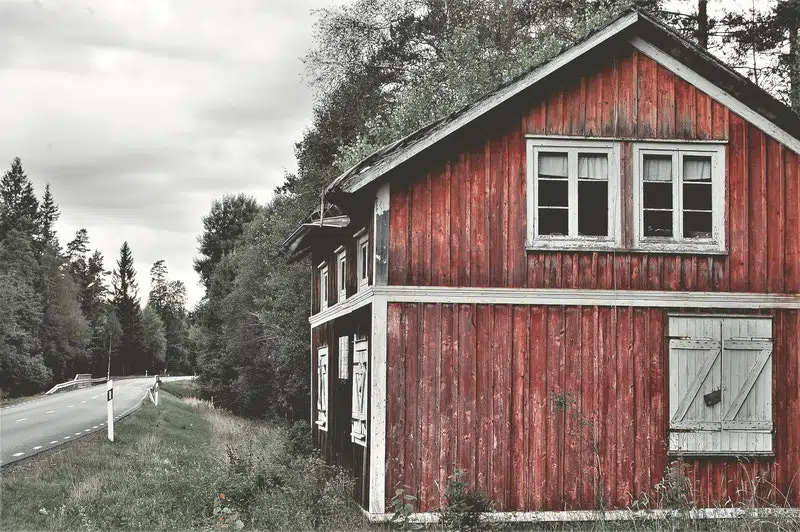
Homeownership is a considerable desire for people around the world. The ability to establish more permanent roots is an unmatched experience. All the while, this achievement is a large financial commitment that comes with a plethora of critical considerations.
Image Source: pexels.com
Many homeowners tend to purchase existing houses rather than build new ones for many reasons, such as saving money on the initial building costs or desiring historic homes with more charm and character. But purchasing older houses tends to come with its own cost: reduced energy efficiency.
If you’re experiencing this common occurrence, never fear: solutions are near. Let’s take a closer look at the top tips and tricks to increase energy efficiency in older homes.
Your abode’s existing mechanical systems are priority number one for simple energy upgrades. Whatever heating and cooling systems are in place, the main energy-saving method is regular maintenance. This includes action tasks such as replacing air filters or faulty air vents, resealing poor connections, and cleaning boilers.
Don’t forget about the convenience of modern efficiency and technology upgrades for comprehensive savings. Energy-thrifty tools and equipment—such as LED light bulbs, high-efficiency appliances, and smart-tech programmable thermometers—are integral to supporting existing systems.
Image Source: pexels.com
Out of all the tips and tricks to increase energy efficiency in older homes, proper air sealing matters most for dealing with drafts. This cornerstone of building science is the key to boosting your home’s performance.
Compared to those of newer homes, the exteriors of older homes tend to suffer more from weather and climate changes. Roofs, crawl spaces, basements, attics, windows, and doors experience drafts that add up to total heat loss.
Fortunately, air infiltration and leaks are simple to fix when you pay close attention to the leading offenders: cracks and holes in the exterior of the structural foundation, roof, doors, windows, and walls. Take action to thoroughly seal any openings. Retrofitted windows and doors also achieve optimal energy conservation and home comfort.
Insulation is a necessary ingredient to complete the recipe for whole-house energy efficiency. Unfortunately, numerous older homes prove insufficient here because of the lack of insulation options available at the time of build.
Today, spray foam insulation is a leading route that many homeowners take to achieve maximum efficiency. A professional can help you select the right amount for your needs and strategically install the insulation for the best results.
The main goal of these tips and tricks is to put your home in a better position to provide comfort and enjoyment. Staying aware of these influential factors is essential to preventing headaches and hassles and maintaining energy efficiency in the future.
You spend a lot of time in your home, so it’s important to create a…
If you love a modern house vibe, you can find several easy ways to update…
Are you looking to spruce up your home without breaking the bank? Home improvements don’t…
Florida, also known as the Sunshine State, boasts a vibrant real estate market filled with…
A backyard fireplace is the perfect feature to take any outdoor space up a notch.…
The kitchen, often referred to as the heart of a home, is where both meals…